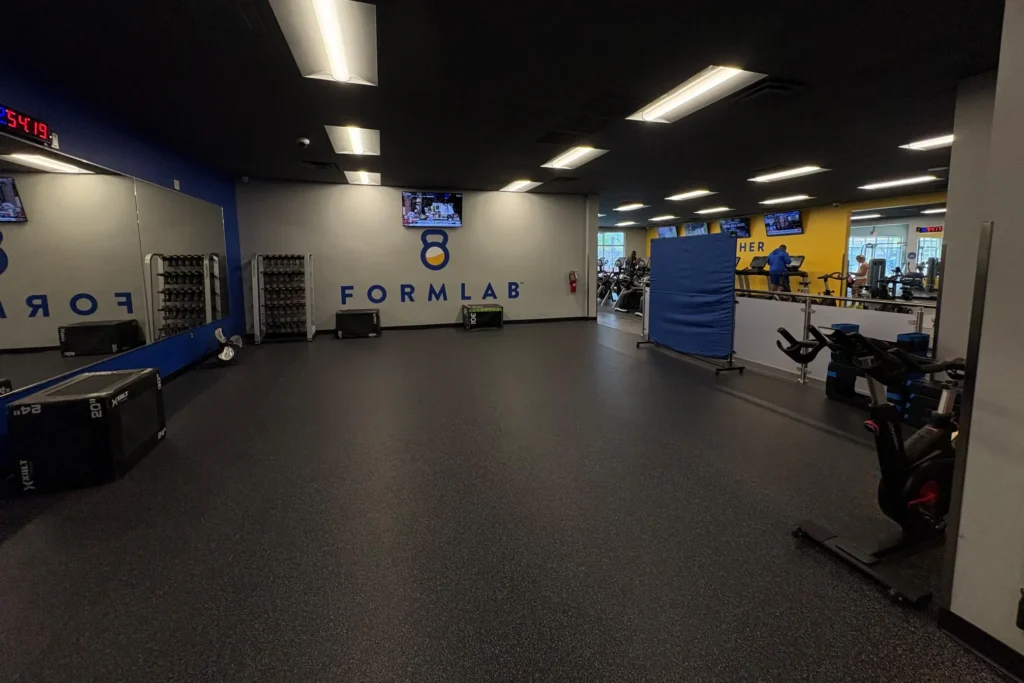Whether you’re recovering from an ACL tear, patellar tendonitis, or just dealing with nagging knee pain, the right exercises can make all the difference. But here’s the thing: traditional knee rehab exercises can get boring fast. And if you’re only doing the same old moves, you might be missing key muscle groups that help stabilize and strengthen the knee.
That’s where resistance bands come in. They add just the right amount of tension to build strength without overloading your joints. Plus, they allow for progressive resistance, which is crucial for getting back to full function.
In this guide, we’ll go beyond the basics and introduce 7 resistance band exercises for knee rehab that you probably haven’t tried yet. These moves focus on stability, mobility, and strength, helping you build a solid foundation and prevent future injuries.
The 7 Resistance Band Exercises for Knee Rehab
These are our favorite exercises that are simple but effective:
1. Banded Terminal Knee Extensions (TKEs) 2.0
Strengthens the quadriceps, specifically the vastus medialis oblique (VMO), which plays a key role in knee stability and alignment.
How to do it:
- Anchor a resistance band to a sturdy object at knee height.
- Loop the other end around the back of your knee.
- Start with a slight bend in your knee, then straighten it against the band’s resistance, squeezing your quad.
- Slowly return to the start position.
Pro tip: Focus on the eccentric (lowering) phase. Control the movement back to the bent position for extra tendon resilience.
2. Lateral Step-Throughs
Improves knee stability and glute activation, which helps prevent unwanted knee valgus (inward collapse).
How to do it:
- Place a mini resistance band around your ankles.
- Stand in a slight squat position and step one foot laterally across your body.
- Return to the starting position and repeat on the other side.
Pro tip: Keep your knees aligned with your toes and don’t let them cave inward!
3. Seated Banded Hamstring Curls with Isometric Hold
Strengthens the hamstrings, which are crucial for knee support and shock absorption.
How to do it:
- Sit on a chair and anchor a resistance band around your ankles and a stable object behind you.
- Curl your heel toward your glutes, engaging your hamstrings.
- Hold the top position for 3-5 seconds before slowly lowering back.
Pro tip: Add a slow negative (eccentric phase) to challenge your hamstrings and improve tendon strength.
4. Banded Tibialis Raises
Strengthens the tibialis anterior, which helps with knee tracking and impact absorption during running and jumping.
How to do it:
- Anchor a resistance band around a sturdy object and loop it around the top of your foot.
- Sit with your legs extended and pull your toes toward your shin.
- Slowly return to the starting position.
Pro tip: Keep movements slow and controlled and don’t let the band snap your foot back down.
5. Banded Monster Walks with Heel Emphasis
Engages the glutes and abductors, which are essential for keeping the knees in proper alignment.
How to do it:
- Place a resistance band around your ankles.
- Get into a half-squat position and step forward diagonally with one foot.
- Follow with the other foot, keeping constant tension on the band.
Pro tip: Focus on pushing through your heels to activate the glutes more effectively.
6. Reverse Nordic Curls with Band Assistance
Strengthens the quads eccentrically, which is great for protecting the knee joint.
How to do it:
- Kneel on the ground with a resistance band anchored in front of you.
- Hold the band and lean back slowly, keeping your core engaged.
- Use the band to assist you in returning to the starting position.
Pro tip: Don’t collapse backward. Keep the motion slow and controlled for maximum benefit.
7. Standing Adduction Pulls
Strengthens the adductors (inner thighs), which help stabilize the knee during side-to-side movements.
How to do it:
- Attach a resistance band to a low anchor and loop it around your ankle.
- Stand tall and pull your leg toward the midline against the resistance.
- Slowly return to the starting position and switch legs.
Pro tip: Keep your movements small and controlled. This isn’t about big kicks, but precise muscle engagement.
Final Thoughts
Knee rehab doesn’t have to be repetitive and boring. By adding resistance band exercises to your routine, you can target key stabilizing muscles that traditional exercises often miss. These seven movements focus on strength, stability, and mobility, helping you recover faster and prevent future injuries.
The key is consistency. Incorporate these exercises 2-3 times per week and gradually increase resistance as your knee gets stronger. Whether you’re bouncing back from an injury or simply looking to reinforce knee health, these moves will help you build a solid, pain-free foundation for better movement.







